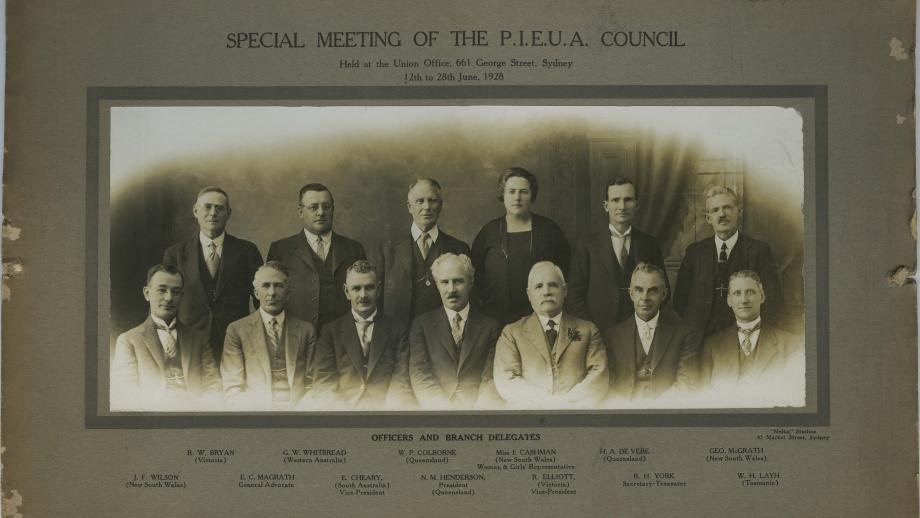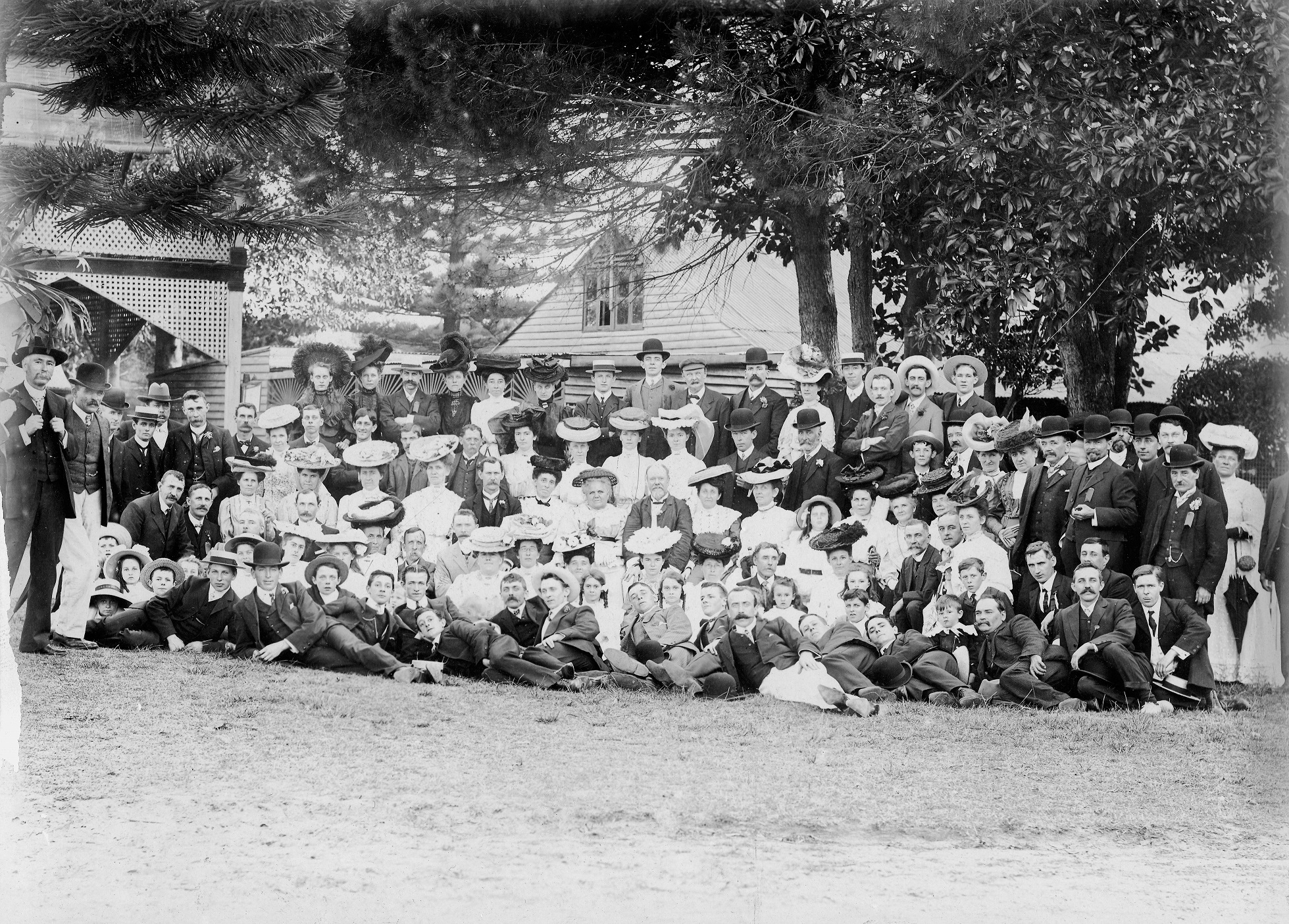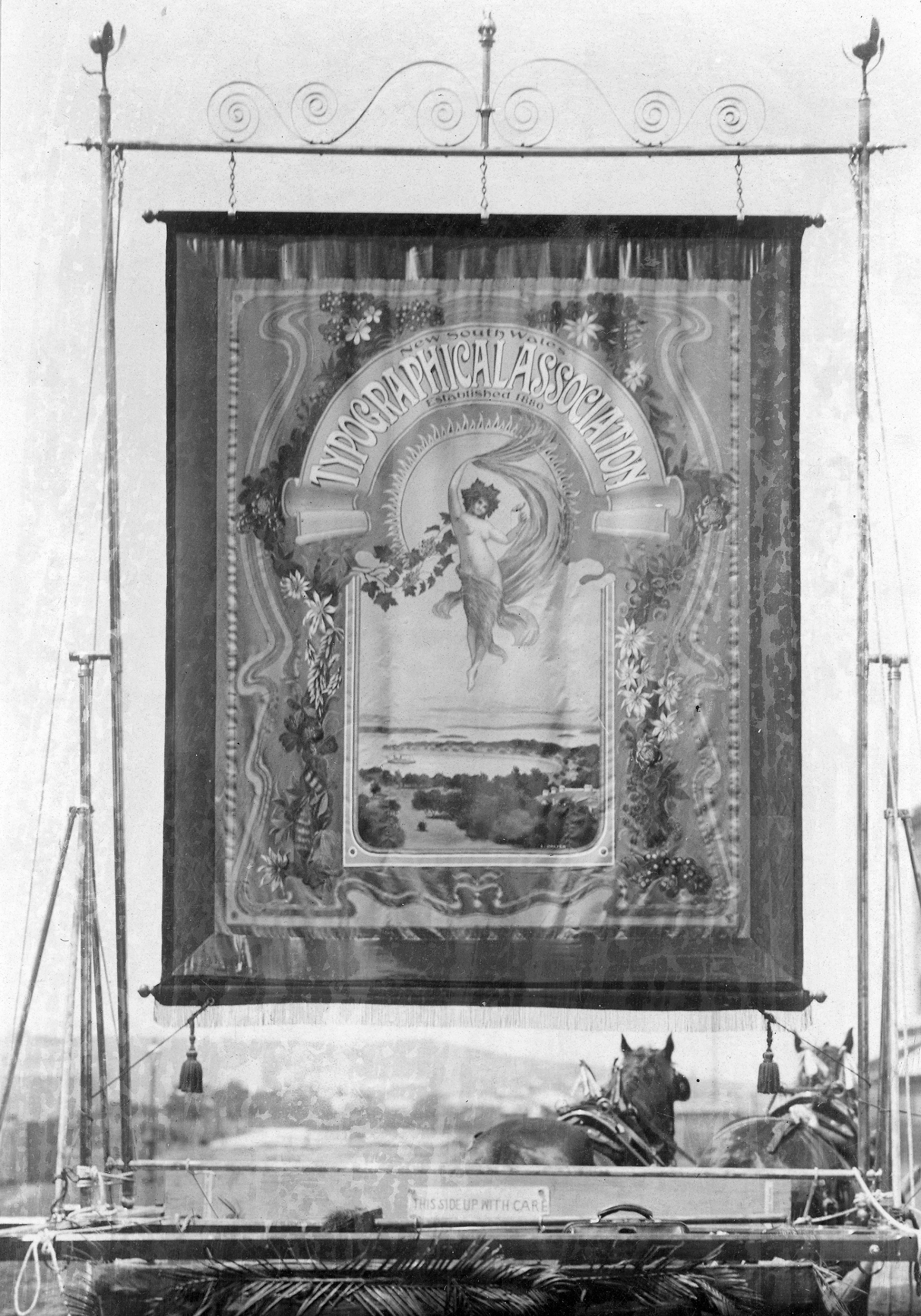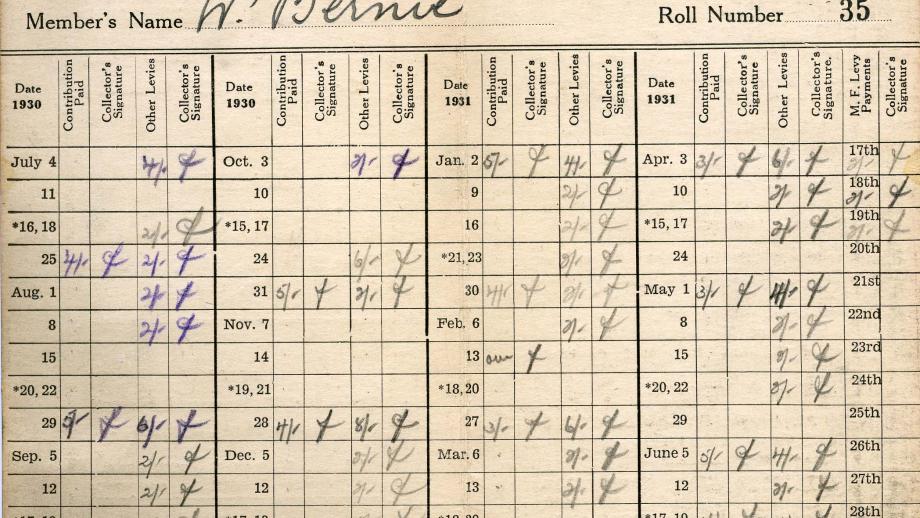Printing and Kindred Industries
Printing and Kindred Industries
The Printing Industry Employees' Union of Australia, known as the One Big Union of Printers, was registered federally in 1917. Although printing industry unions had a long history in Australia and included a number of smaller unions that had amalgamated over time largely in order to protect their history and industry.
These unions included a number of state-based typographical societies and associations in Victoria, New South Wales, South Australia, Queensland and Western Australia. The industry was particularly strong in Victoria and some of the earliest printing unions included the Ballarat Typographical Society (1857-1921) and Melbourne Typographical Society (1867-1916). The Melbourne Typographical Society (MTS) was established by compositors and pressmen in Melbourne’s daily newspaper offices and printing companies but also included lower paid tradesmen in smaller printeries who were susceptible to seasonal unemployment. With an aim of fighting exploitation, the MTS grew in size and stature to become a powerful and wealthy organisation, playing a prominent role in the affairs of the Melbourne Trades Hall Council and the Victorian Labor Party.
Throughout the early 1900s the printing industry consisted of two key unions – the Printing Industry Employees’ Union of Australia (PIEUA) and the Amalgamated Printing Trades Employees' Union of Australia (APTEU). The Melbourne Printing Strike of 1920 had resulted in a number of smaller unions and associations amalgamating with the PIEUA but this was not the case in New South Wales, where a number of smaller unions retained their independence including specialist unions of letterpress machinists, bookbinders, lithographers and process engravers. In the 1940s, a number of these unions amalgamated and formed the Amalgamated Printing Trades Employees' Union of New South Wales, which eventually became the Amalgamated Printing Trades Employees' Union of Australia in 1949.
These two unions would remain rivals for almost twenty years. The PIEUA was historically more conservative and rejected militant and revolutionary groups such as the Industrial Workers of the World and the Communist Party. In contrast, the APTEU showed great interest in these organisations and described their union as a body of militant craftsmen.
Despite their differences, the two unions largely agreed on industrial relations and cooperated on many issues. A number of significant technical changes within the industry in the 1940s and 50s, particularly relating to photo-lithography and photo-engraving, led union organisers to realise that amalgamation may be in the best interests of their members and would ensure their preservation.
On 31 March 1966 the Printing Industry Employees' Union of Australia and the Amalgamated Printing Trades Employees' Union of Australia signed an agreement to amalgamate to form the Printing and Kindred Industries Union (PKIU), which was formed on 6 July 1966. This new union included 50,000 members in an industry that had 53,000 union members in total. This made it the sixth largest union in the Commonwealth and eighth largest printing union in the western world.
In 1986 the PKIU amalgamated with the Federated Photo Engravers Photo-Lithographers & Photogravure Employees' Association of Australia. In 1992 the PKIU then amalgamated with the Victorian Printers Operatives' Union. It was re-registered and retained its name until 1995 when the PKIU amalgamated with the Automotive Food Metals and Engineering Union to form the Automotive Food Metals Engineering Printing & Kindred Industries Union, now known as the Australian Manufacturing Workers' Union.
The Noel Butlin Archives Centre holds numerous records of the Printing and Kindred Industries Union (Federal Office and South Australia), Printing Industry Employees Union of Australia (South Australia and New South Wales) and the Amalgamated Printing Trade Employees’ Union (Victoria and New South Wales) in addition to records of related smaller unions of lithographic workers, bookbinders, process engravers, typographists and letterpress machinists covering the period from the mid-1800s to the late-1900s.
References
Hagan, J 1966, Printers and politics: a history of the Australian Printing Unions 1850-1950, Australian National University Press, Canberra.













